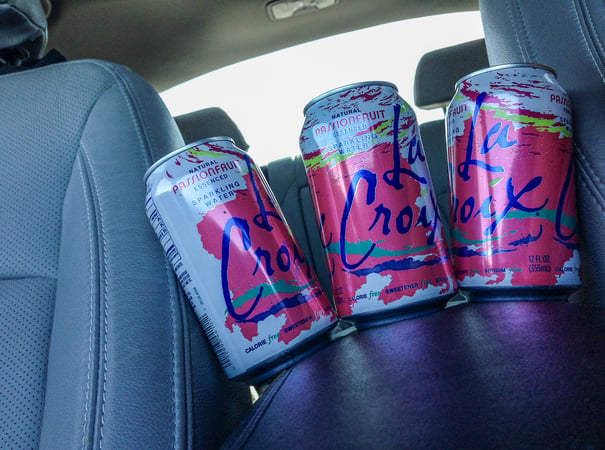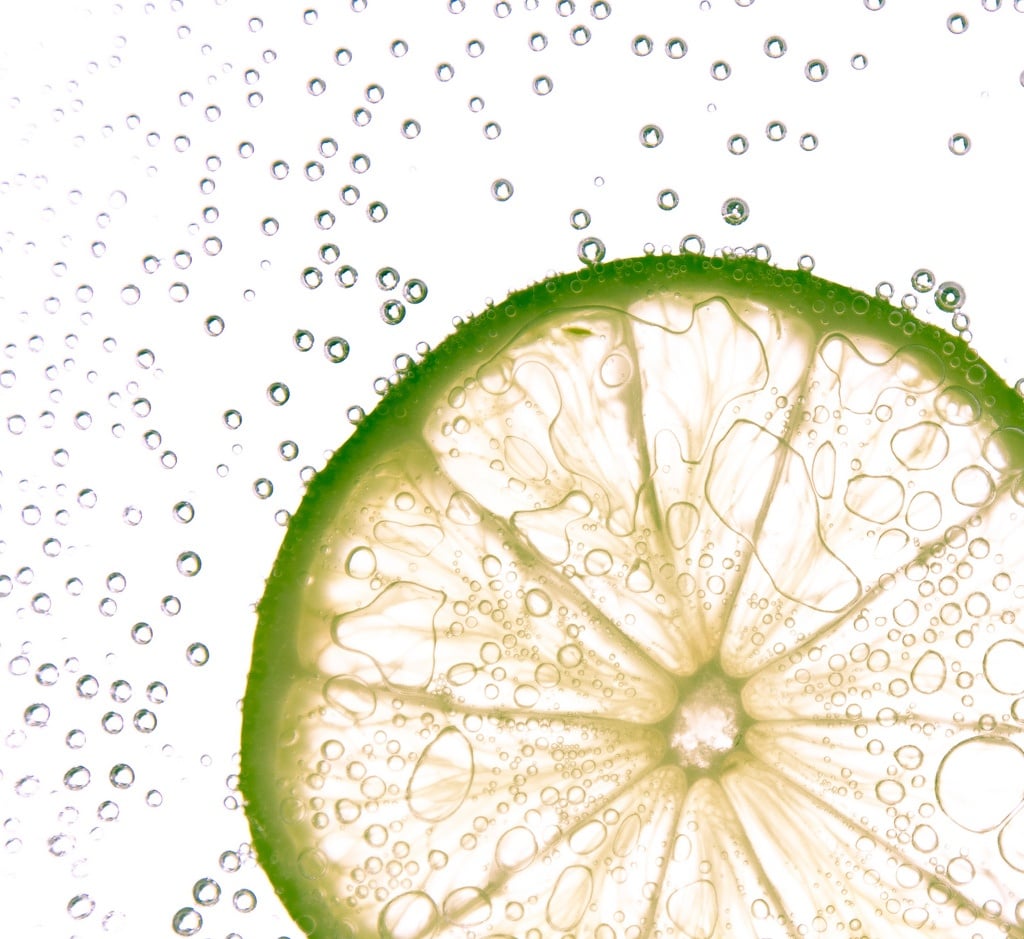With its stock rising 75% over the last five years, its market share increasing by 30% over the last six, and sales reaching 175 million in 2015, LaCroix sparkling water is having a moment. The zero-calorie, zero-sugar, zero-sodium beverage has positioned itself to ride the tide of brand-weary and health-conscious consumers looking to replace the hyper-marketed, calorie- and chemical-laden drinks of their youth.
Love to Love LaCroix
"Millennials see LaCroix as a discovery--something only they know about and their friends know about since it's not in their face all the time," Duane Stanford, Beverage Digest editor, observed. And they, in turn, have become its greatest brand ambassadors.
Over the last year, LaCroix has been featured on food blogs, celebrated in the ubiquitous BuzzFeed listicle, integrated into cocktail recipes by Gizmodo (think: Piña Croixlada), and received a “letter of recommendation” from no less than the New York Times.

But one need not look any further than Instagram where the iconic neon cans constantly pop up in food pics and where it has become fashionable to post refrigerators filled to the brim with LaCroix’s twenty varieties.
What is the result of all this great word of mouth? LaCroix currently boasts a 30% share of the sparkling water market—a feat all the more impressive when considering its two closest competitors, Perrier and Pellegrino (both owned by Nestlé) combine for 27%. Coke-owned Dasani Sparkling Water claims 6%.
A Healthy (and Winning) Formula
Soda sales are as flat as an open can of Coke left on the counter overnight. As moves to educate, tax, and legislate sodas out of American grocery carts gain traction, LaCroix seems primed to continue its ascent. “Consumers still like bubbles, they want carbonation, but they want it in a healthier product,” observed one industry consultant.
Indeed, LaCroix markets itself as a healthy choice within the carbonated beverages market. Eleven of the seventeen questions appearing on its FAQ page speak to nutrition and health, with topics ranging from PH balance (better than soda) and sourcing (triple-filtered local water), to the origin of its “natural flavoring” (fruit essence oils) and dedication to never using sweeteners, traditional or artificial.
Their winning formula has caused a race among soda giants to establish their own brands to compete with LaCroix. It remains to be seen if they arrived to the party a little too late.


